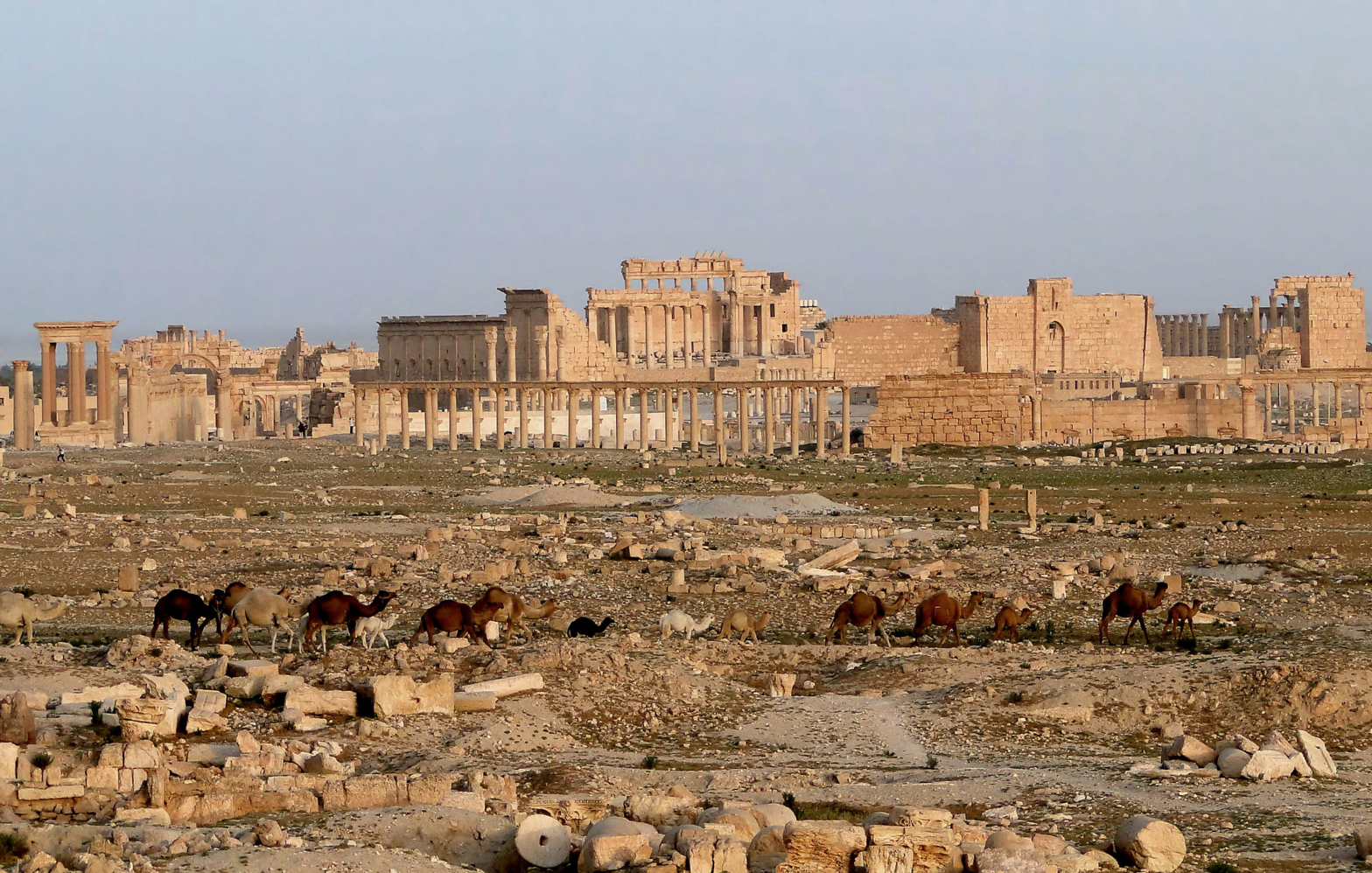Palmyra was one of the best preserved sites of antiquity of the last 1,500 years. That was, until ISIS overran the city last May. Now that the city has been liberated, the international community is taking stock of the damage done and trying to assess whether or not the strategy that worked in Palmyra can be replicated across ISIS-held territory.
ISIS and the Damage Done

The Syrian army retook the ancient city of Palmyra, also known as the Venice of the Sands, on March 27, purging the city of Islamic State militants, who had occupied its historical ruins for nearly 10 months. During their reign of terror there, they destroyed and looted various artifacts erected during the rule of the Roman Empire. One of the most widely publicized acts of destruction was that of the triumphal arches, which had been built to celebrate a Roman victory over the Persians. In addition to blowing up the arches, ISIS had also infamously destroyed the temples of Baalshamin and of Baal, as well as using the amphitheater to execute nearly two dozen Syrian soldiers in one of their propaganda videos. ISIS had also beheaded and strung up the body of the city’s archaeological director, Riad al-Assad, on a pillar after he refused to tell them where he had hidden many of the city’s treasures.
The damage in Palmyra since its liberation by the Syrian army has been described as less extensive than expected, with more than 80% of the city remaining in good condition. The Syrian government’s antiquities director predicts that the ruins of the city can be restored in five years with the help of the international community. The director also states that, with fleeing ISIS militants still in surrounding areas, and the presence of land mines laid during their escape, it would be difficult for UNESCO and other archaeological organizations to visit the city anytime soon.
On to Raqqa? And Mosul?
The loss of Palmyra to Syrian forces backed by heavy Russian air support is one of the group’s largest setback since it first declared its caliphate in 2014 across parts of Syria and Iraq. A Syrian army general described the retaking of Palmyra as “a launchpad to expand military operations” and promising to “tighten the noose on the terrorist group and cut supply routes… ahead of their complete recapture”.
The way in which Palmyra was liberated is suggests a pathway in which ISIS can eventually be purged from cities across Syria. The combination of international airstrikes and local forces seemed to overwhelm ISIS. (The problem, at least from an American perspective, is that the airpower was Russian. And the forces were those loyal to Assad.) Still, it worked. Now, the Syrian army also vowed to begin its campaign to liberate the rest of the country from ISIS militants. “Palmyra will be the central base to broaden operations… against Daesh in numerous areas, primarily Deir Ezzor and Raqqa,” said Defense Minister Fahed Jassem al-Freij. (Deir Ezzor and Raqqa are other regions in the east of Syria; Raqqa being the self-proclaimed capital of its caliphate.)
Across the border in Iraq, this dynamic can’t be replicated.
The campaign against ISIS in Iraq presents greater problems than in Syria because the Iraqi army lacks the discipline and expertise that the Syrian army has.This manifestation of the Iraqi army was the same one that fled from ISIS when they overtook Mosul. This is also partly due to the fact that many of the experienced generals under Saddam Hussein’s army are themselves in the ranks of ISIS.
The kind of close air support the Russians provided to Assad is also not likely to be replicated with coalition forces backing the Iraqi army for the simple fact that Russia has more to fight for in Syria than the US-led coalition has in Iraq. This is partly due to Syria holding one of Russia’s only military bases in the region and on the Mediterranean Sea. Vladimir Putin is more intent on keeping Assad in power than President Obama is on removing Assad. This is translating into how much each nation is willing to fight for their respective side.
